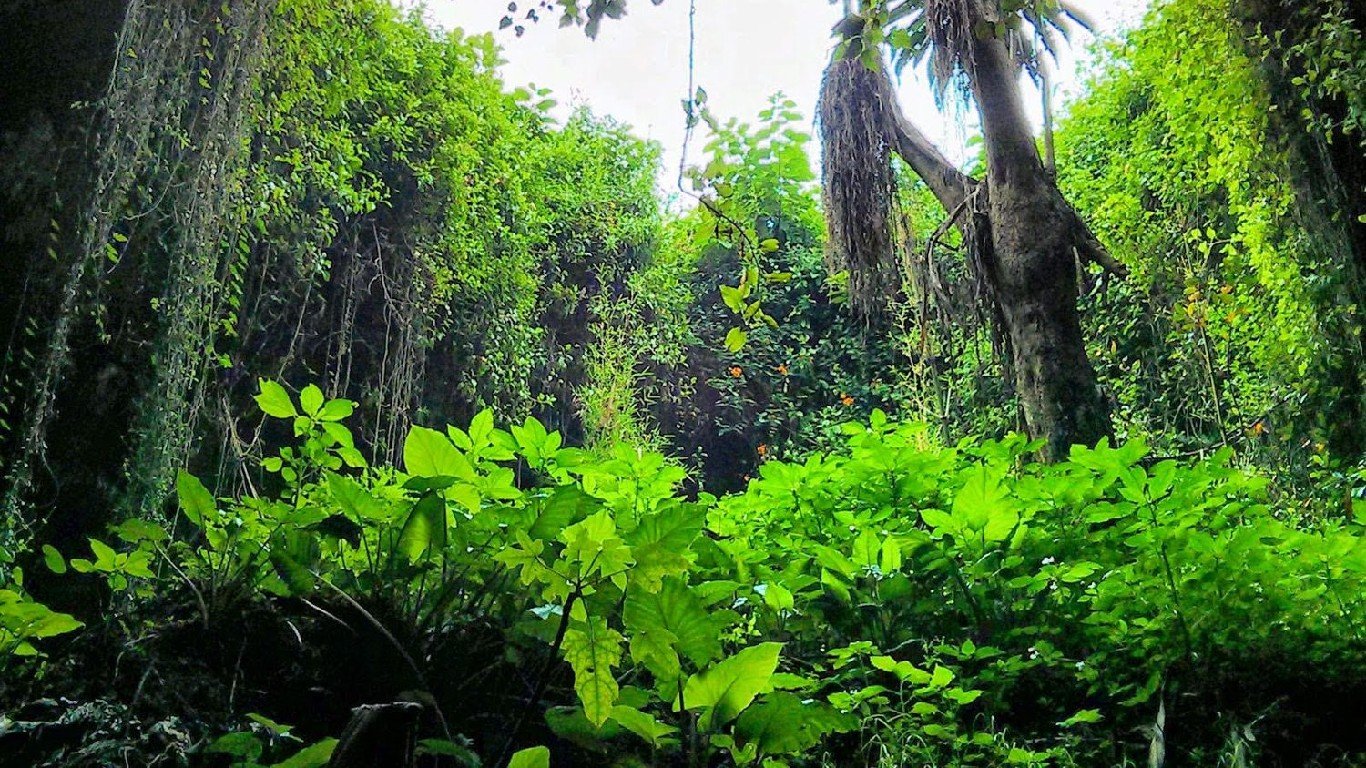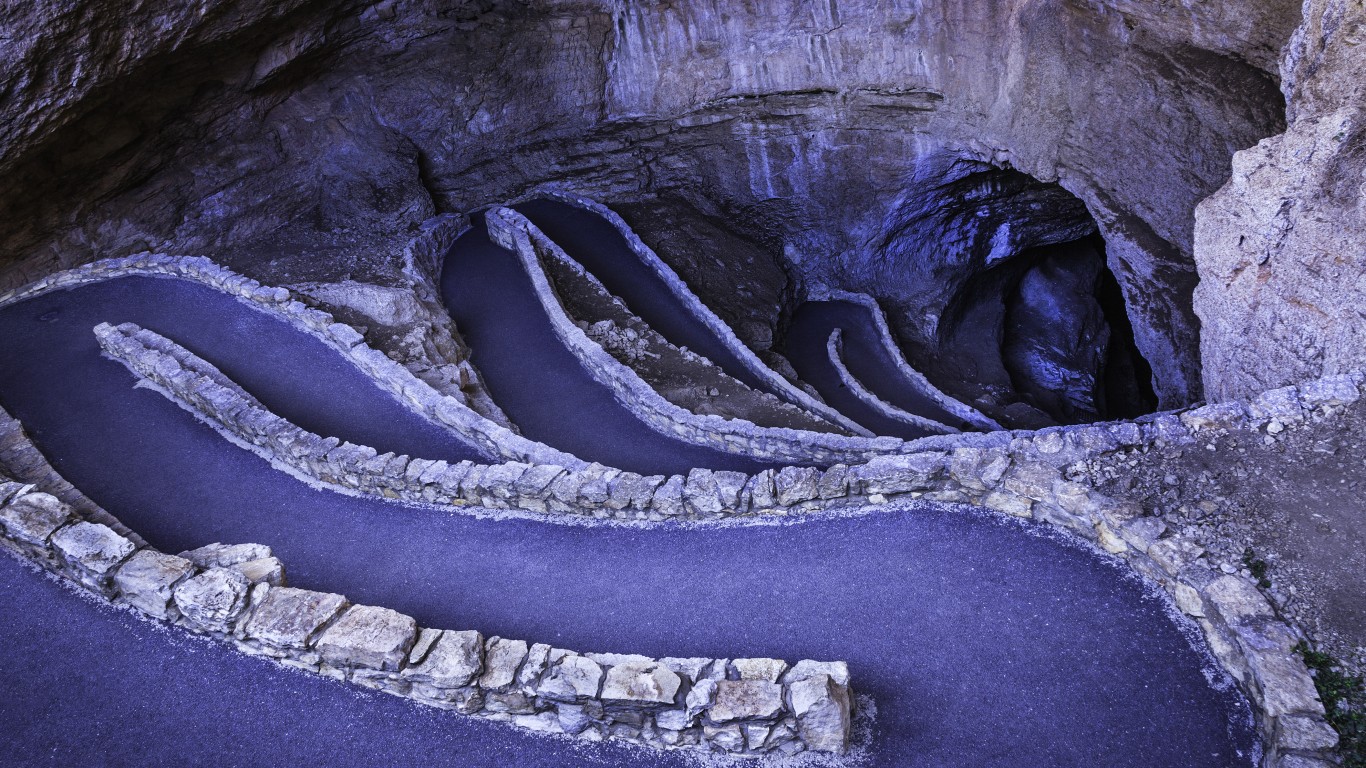
Carlsbad Caverns
> Location: New Mexico, USA
In the desert of New Mexico lies Carlsbad Caverns National Park. There are more than 100 known caves in the park. Carlsbad Cavern, the park’s most popular attraction and its namesake, was formed between four and six million years ago.
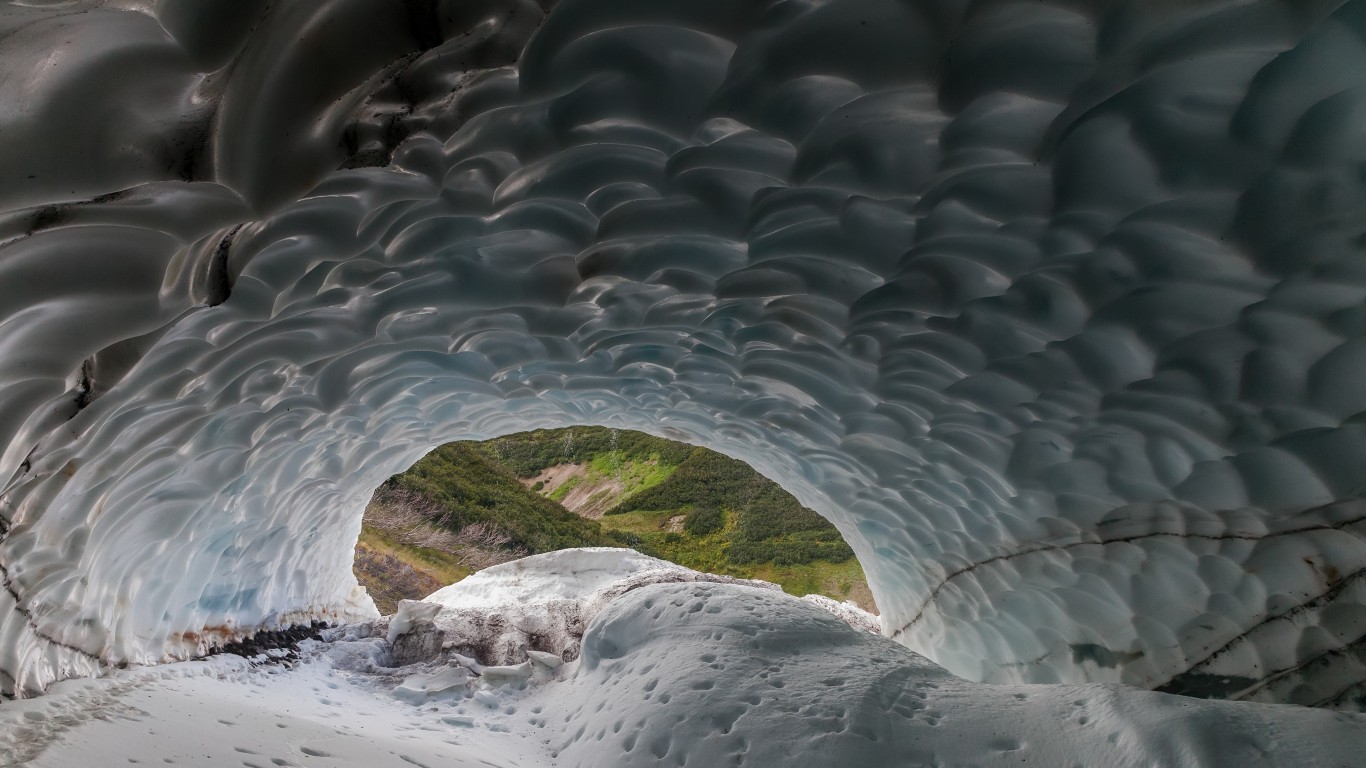
Kamchatka Ice Caves
> Location: Russia
The Kamchatka Ice Caves, in the far northeastern reaches of Russia, were formed by water from hot springs near the Mutnovsky volcano. The roofs of some of the caves are so thin due to the melting of the glaciers above them that sunlight actually gets through, lighting up the caverns.
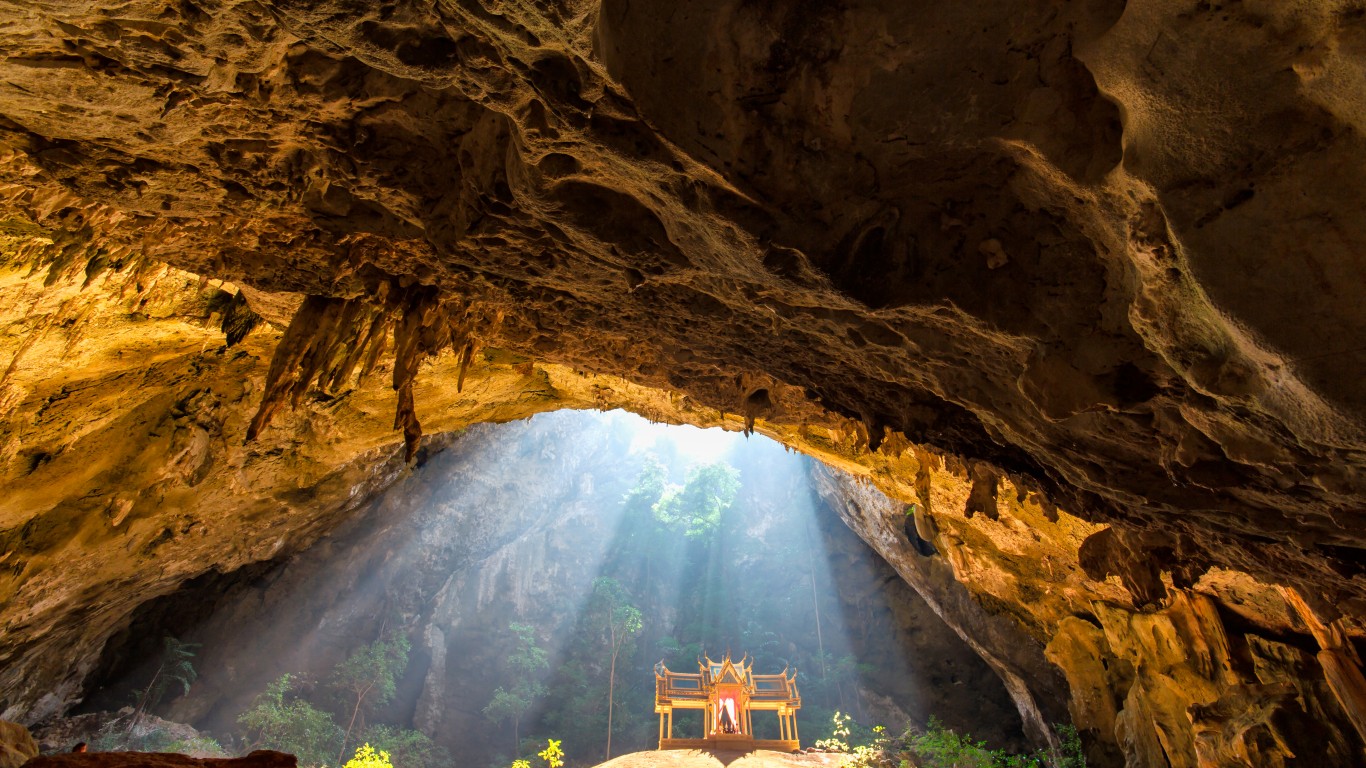
Phraya Nakhon Cave
> Location: Thailand
Though the Phraya Nakhon Cave is temporarily closed, it’s still the most famous cave in the Khao Sam Roi Yot National Park on Thailand’s coast. Locals believe the cave was discovered about two centuries ago when the ruler suffered a shipwreck during a storm and sought refuge in the cave.
Musanze Caves
> Location: Rwanda
The Musanze Caves are part of an extensive cave system. The main Musanze Cave, on the grounds of Innes University, is part of the lava basaltic layers formed by the Bisoke and Sabyinyo volcanoes, and has 31 entrances. The site of a massacre during the genocidal Rwandan war, it has been a tourist attraction open to the public since 2014. Flying bats are a common sight.
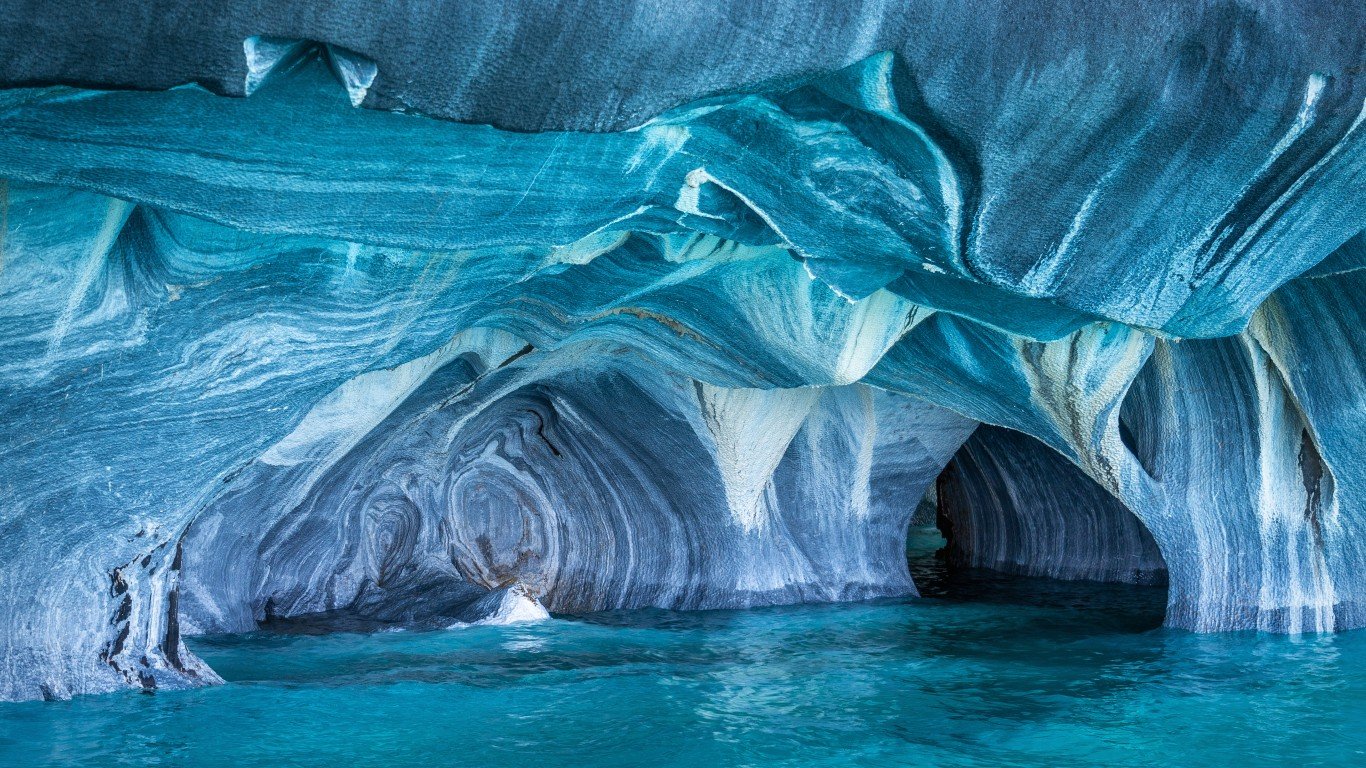
Marble Cathedral
> Location: Chile
Accessible only by boat, the Marble Cathedral is part of caves next to a glacial lake in Chilean Patagonia, on a peninsula of solid marble. The brilliant blue-striped caverns are the result of 6,000 years of erosion caused by waves lapping against the marble.
